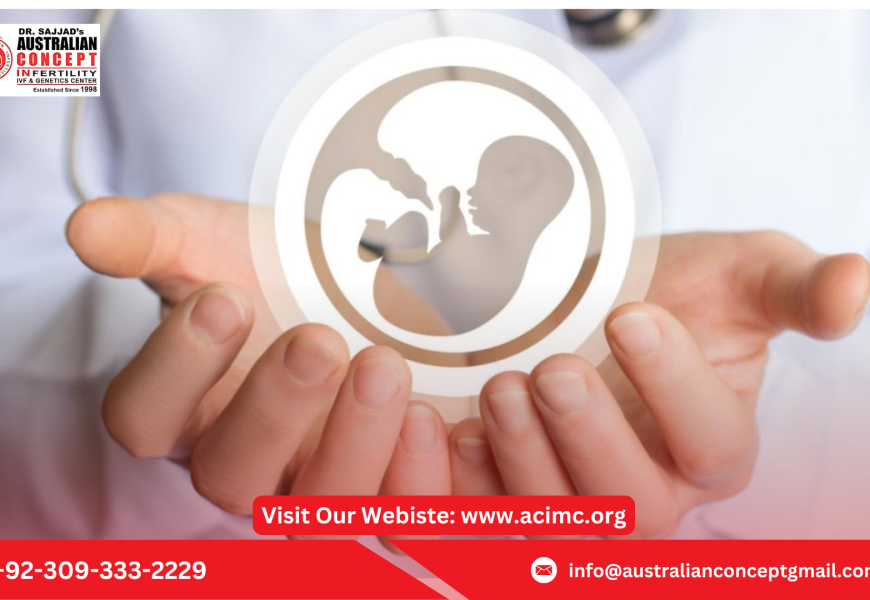The term test tube baby often sparks curiosity and misunderstanding. It refers to babies conceived through in-vitro fertilization (IVF), a scientific method that assists individuals or couples facing infertility. While the outcome—a healthy baby—is the same, the process leading to conception differs significantly from natural conception. Let’s delve into these differences and understand the unique aspects of each.
What Is Natural Conception?
Natural conception occurs when a sperm fertilizes an egg inside a woman’s body. Here’s how it works:
- Ovulation: The ovaries release a mature egg into the fallopian tube during the menstrual cycle.
- Fertilization: During sexual intercourse, sperm travel through the cervix and uterus to reach the fallopian tube, where they fertilize the egg.
- Implantation: The fertilized egg (zygote) travels to the uterus and implants itself into the uterine lining, starting a pregnancy.
This process depends on several factors, including healthy sperm and eggs, open fallopian tubes, and a receptive uterus.
What Is a Test Tube Baby?
A “test tube baby” refers to a baby conceived through IVF. This medical procedure bypasses natural fertilization by combining the egg and sperm in a laboratory setting. The resulting embryo is then transferred into the uterus for implantation.
The steps involved in creating a test tube baby include:
- Ovarian Stimulation: Hormones are administered to stimulate the production of multiple eggs.
- Egg Retrieval: A minor surgical procedure extracts eggs from the ovaries.
- Fertilization: Sperm is combined with the eggs in a lab, or a single sperm is injected directly into an egg using Intracytoplasmic Sperm Injection (ICSI).
- Embryo Culture: The fertilized eggs are monitored as they develop into embryos.
- Embryo Transfer: One or more embryos are transferred into the uterus.
Key Differences Between Natural Conception and Test Tube Babies
- Location of Fertilization:
- In natural conception, fertilization occurs inside the fallopian tube.
- For test tube babies, fertilization happens in a controlled laboratory environment.
- Role of Medical Intervention:
- Natural conception relies entirely on the body’s reproductive processes.
- IVF involves advanced medical techniques, such as hormonal treatments, egg retrieval, and laboratory fertilization.
- Control Over Fertilization:
- In natural conception, the process is left to chance, and the body selects the sperm that fertilizes the egg.
- IVF allows specialists to select high-quality eggs and sperm, potentially increasing the chances of a successful pregnancy.
- Genetic Testing:
- IVF offers the option of preimplantation genetic testing (PGT) to screen embryos for genetic disorders before implantation.
- This is not possible with natural conception.
- Timing:
- Natural conception depends on the timing of ovulation and intercourse.
- IVF can be carefully timed and controlled to optimize success rates.
- Suitability for Infertility Issues:
- Natural conception may not be an option for couples with medical conditions like blocked fallopian tubes, low sperm count, or unexplained infertility.
- IVF provides a solution for these challenges by bypassing natural barriers.
Misconceptions About Test Tube Babies
Despite the differences in conception methods, test tube babies are no different from naturally conceived babies in terms of health, intelligence, or personality. They grow, develop, and thrive just like any other child. The term test tube baby might suggest something unnatural, but in reality, the process only assists what nature cannot accomplish independently.
Why Choose IVF?
IVF is a beacon of hope for those struggling with infertility. It offers several advantages, including:
- Overcoming complex fertility issues.
- Allowing for family planning even in advanced maternal age.
- Providing options for single parents and same-sex couples.
- Enabling genetic testing to ensure healthy embryos.
Success Rates of IVF
The success rate of IVF depends on factors like age, the quality of eggs and sperm, and the expertise of the fertility clinic. Younger women generally experience higher success rates. In countries like Pakistan, leading clinics such as the Australian Concept Infertility Medical Center offer high success rates with state-of-the-art technology and personalized care.
Final Thoughts
While the journey to conception may differ, the destination a healthy baby is the same. Test tube babies are a testament to how science and medicine can help overcome the challenges of infertility. Whether through natural conception or IVF, the goal is to provide couples with the joy of parenthood. If you’re considering fertility treatments, consult a trusted clinic to explore your options and embark on this life-changing journey.
For More Details: https://acimc.org/ivf-lahore/








